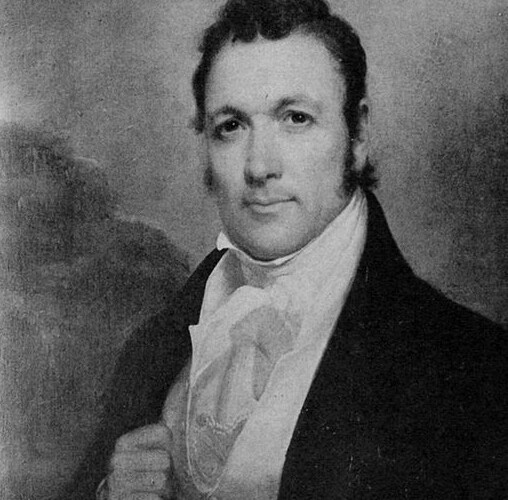We have experience hosting a range of audiences, from college classes to birthday parties to company outings, and we customize our tours to meet your group’s interests and needs.
Book a private tour today
Wire rope helped build many New York City landmarks in the nineteenth century, most notably the Brooklyn Bridge, but it quickly became an essential tool in the maritime industry as …
Read more
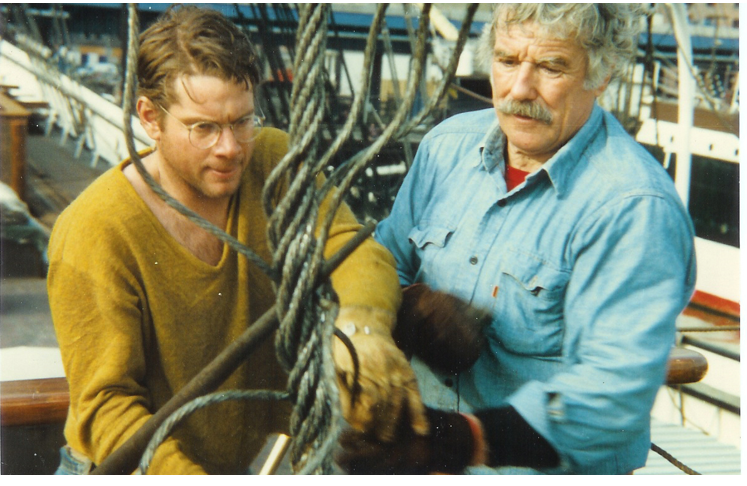
Behind the gates of the Brooklyn Navy Yard lies a network of streets that are a mystery to most New Yorkers. Named for naval heroes, shipyard operations, and even a …
Read more
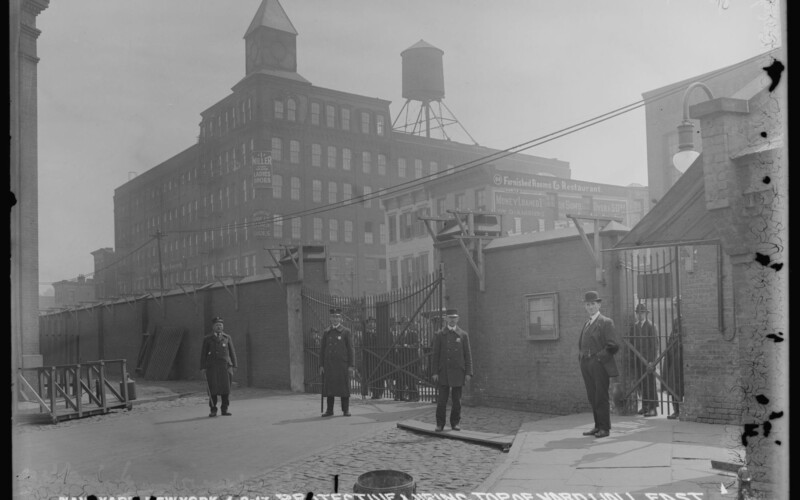
Since its founding over 52 years ago, South Street Seaport Museum has faced the daunting job of preserving its historic fleet. Join us for a photographic voyage with Director of Historic Ships …
Read more
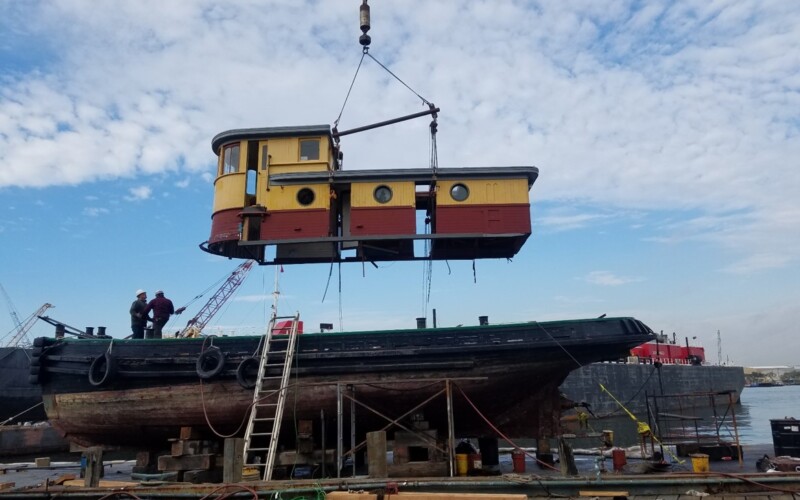
The Whitehall skiff, a style of boat developed in New York 200 years ago, has been changing the lives of teens in the Bronx for the last 20 years at …
Read more
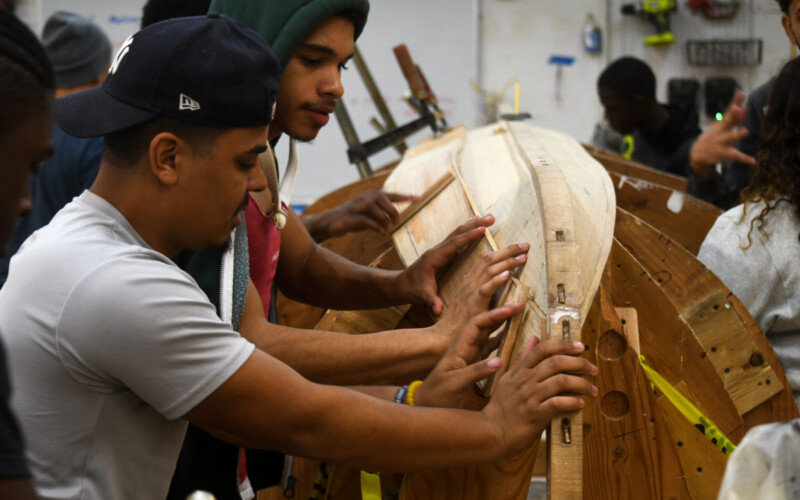
After nearly 12 years of leading tours at the Brooklyn Navy Yard, one of the most difficult questions we get – and almost always from young people – is this: …
Read more
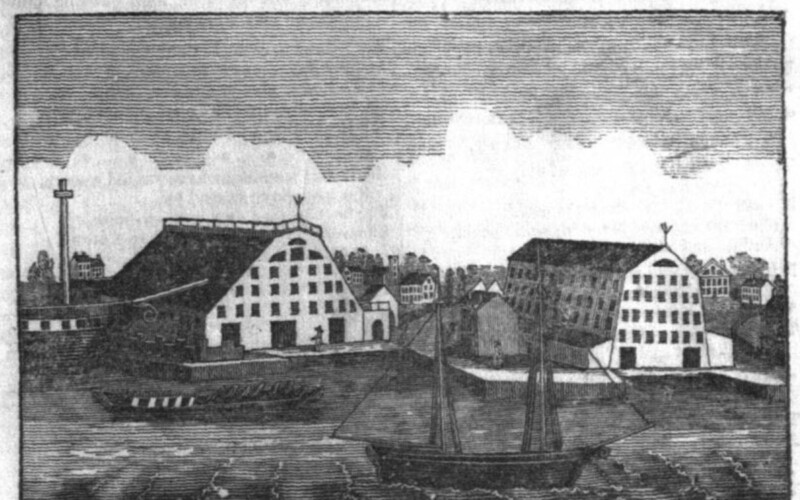
For the past two years, we have had the opportunity to work with third and fourth graders in the Brooklyn Historical Society’s CASA program. These young scholars are tasked with …
Read more
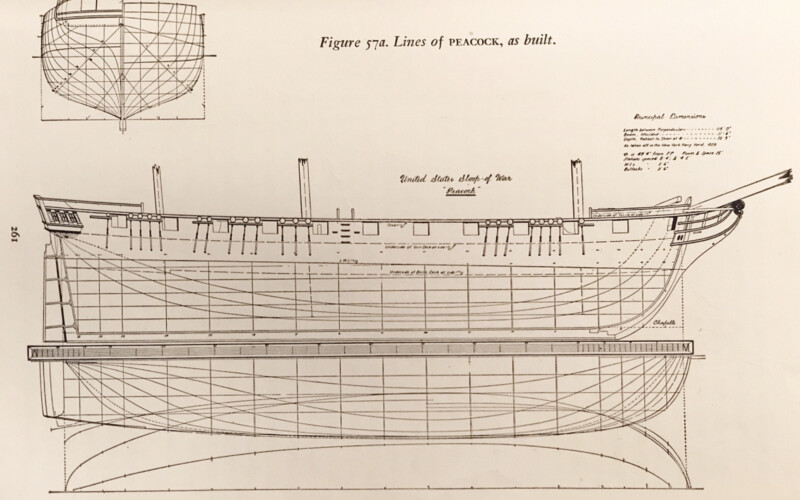
For the first time in 175 years, the Brooklyn Navy Yard’s Timber Shed has emerged from behind a wall, and it is being prepared for a new life. One of …
Read more
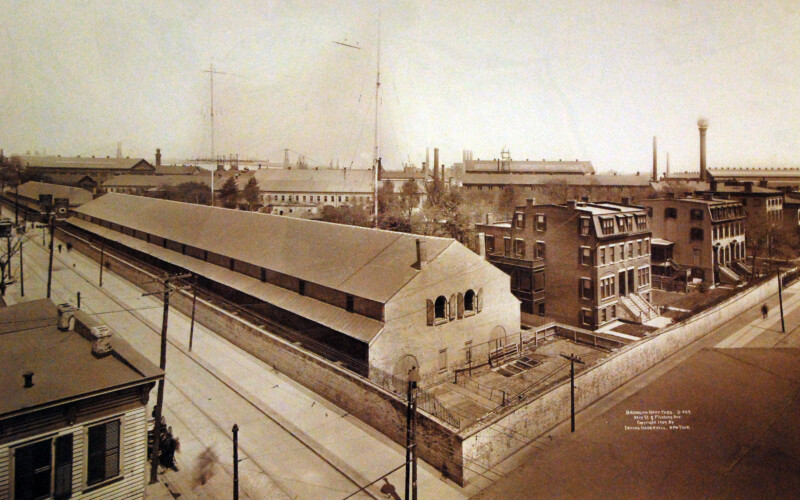
Henry Eckford (1775-1832) The long, arduous, and risky journey to America has a way of bringing to our shores the most ambitious, talented, and daring people; Henry Eckford was certainly …
Read more
